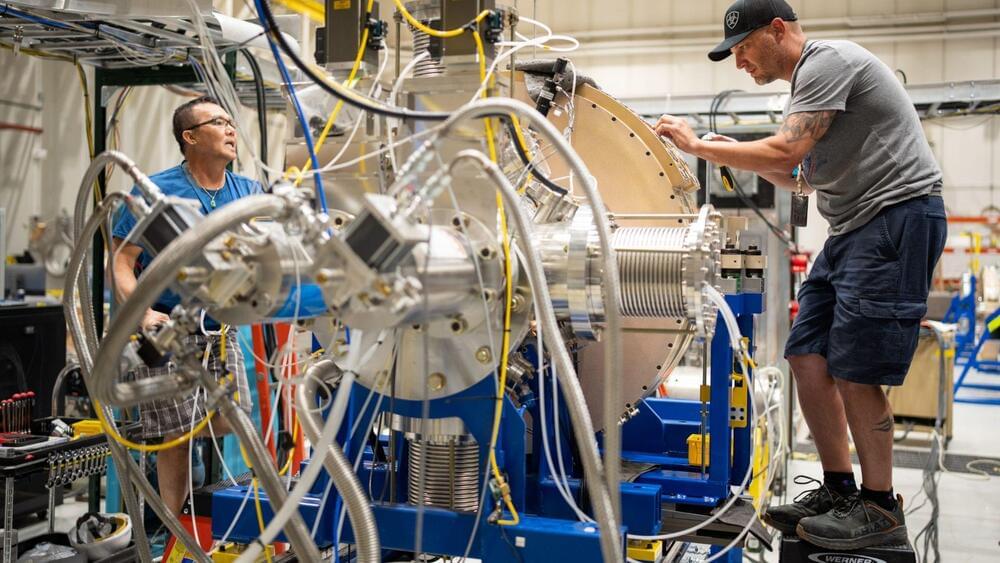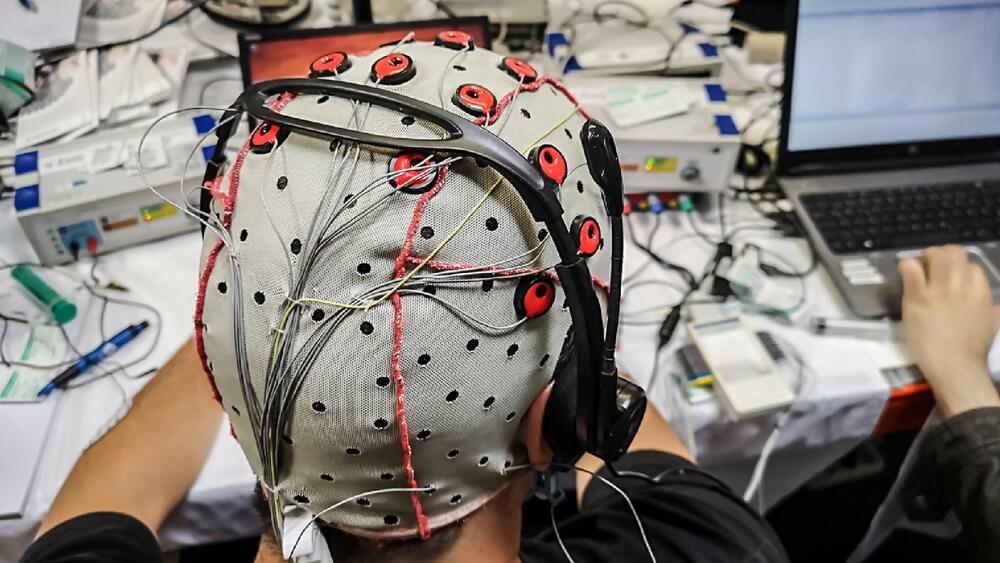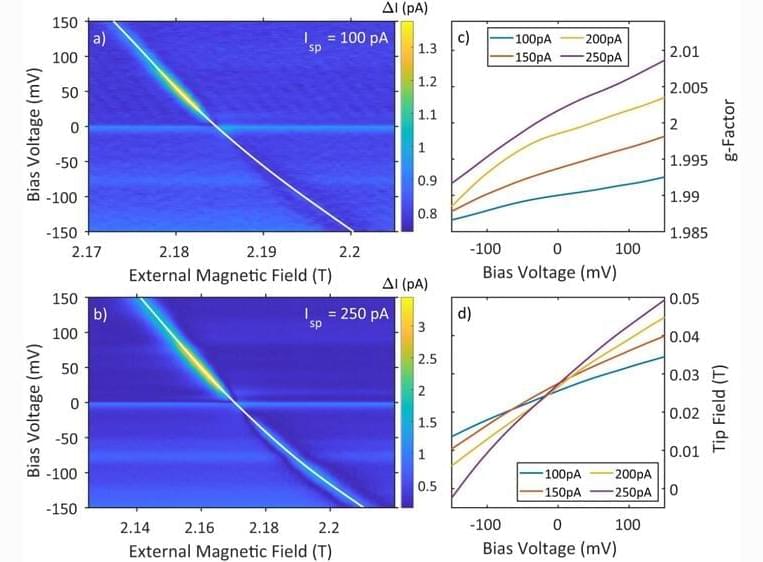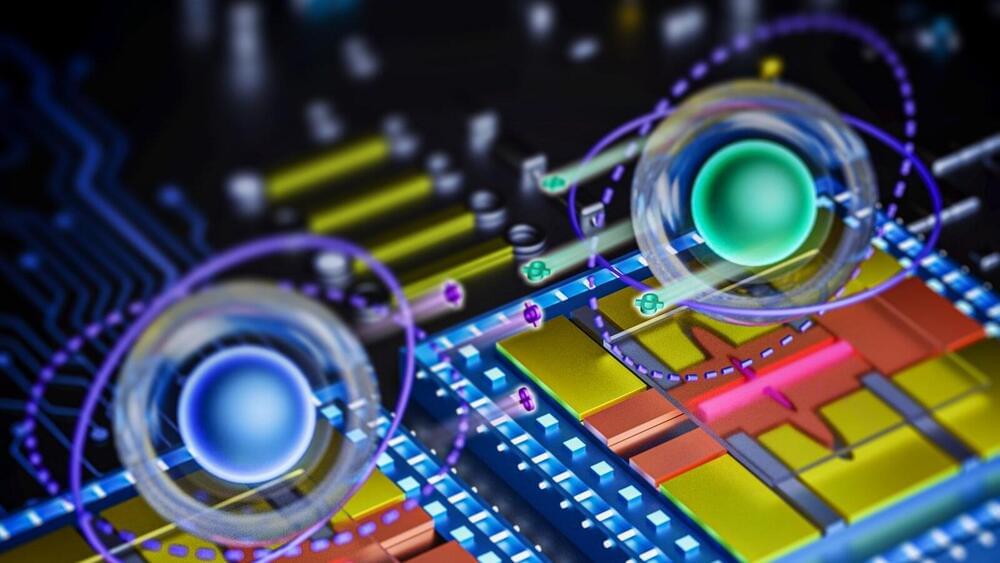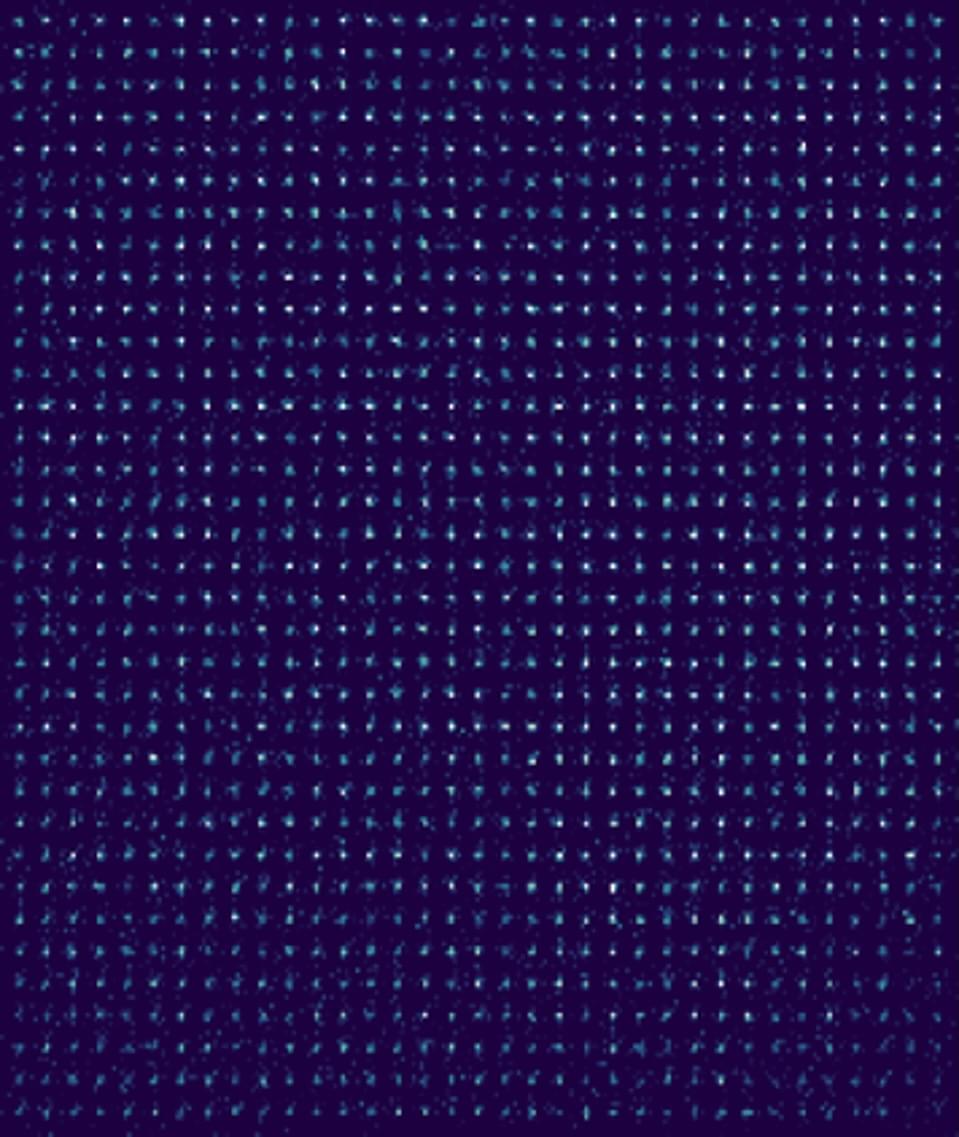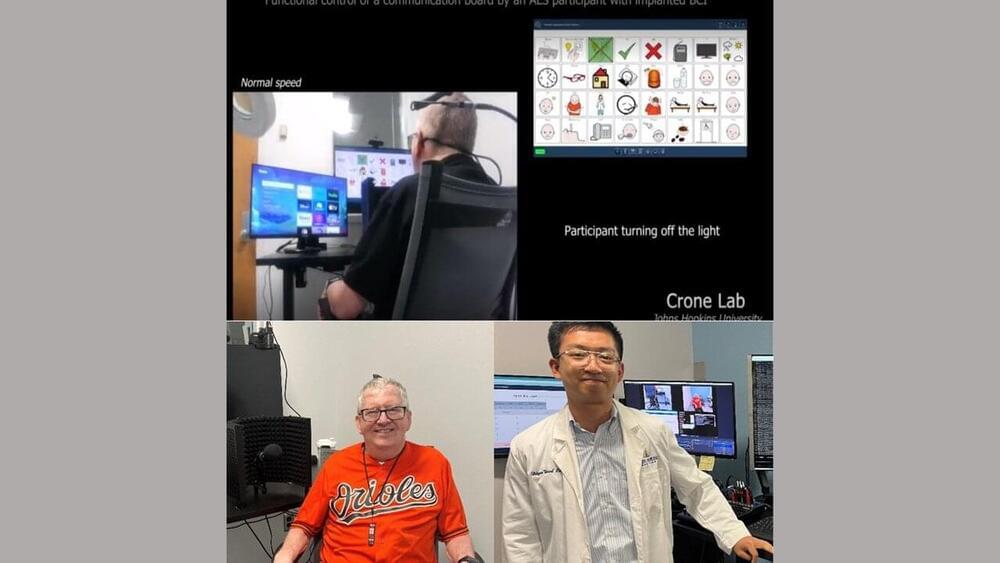Oct 28, 2023
X-ray the nukes: How US plans nuclear safety in this underground lab
Posted by Gemechu Taye in categories: computing, law
The US has relied on computer simulations since 1992 for verifying the performance of its nuclear stockpile but will soon get more realistic estimates.
Three US national defense labs are engaged in the process of building a test site, one thousand feet under the ground in Albuquerque, New Mexico, that will send powerful X-rays and verify the reliability of the country’s nuclear stockpile, a press release said.
The US nuclear program heavily relied on actual testing of warheads to determine if its stockpile could serve as a deterrent when called upon. This, however, changed in 1992, after then-President George H.W. Bush signed a law calling for a moratorium on nuclear testing.
